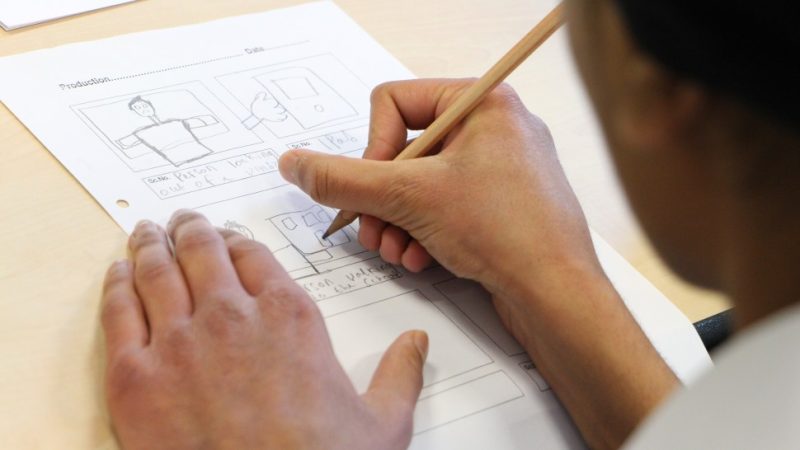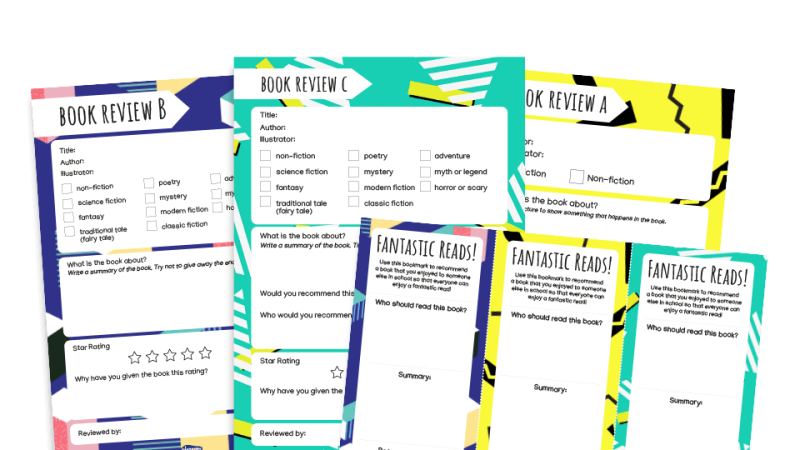5 Vocabulary Activities for the New School Year

Support your students towards better language use, with the help of our resident word-wizard, Alex Quigley…

- by Teachwire

With a new school year comes the promise of new classes and fresh opportunities. For many teachers, trialling novel strategies around vocabulary instruction will be the order of the day, to ensure every pupil is accessing the curriculum.
Rather than being seen as an arduous task, such exploration of words – their breadth and depth – should inspire ample creativity and curiosity.
1 | Try this today: Word building
One of the best ways to approach vocabulary instruction is to steer away from endless lists and tests and instead help our pupils identify word families, creating opportunities to connect and build new words.
The ‘word building’ approach is about generating as many words as possible from common roots.
Let’s take examples from across the curriculum.
In science, it may the root ‘photo’ – meaning ‘light’ – that can prompt inquiry into words like photosynthesis, photon, photography and photobiotic.
Similarly, in music, ‘phon’ – meaning ‘voice or sound’ – can generate words like polyphony, symphony, cacophony and euphony.
Finally, in art, ‘graph’ – meaning ‘to write’ – can see words like autograph, photograph, calligraphy, biography and graphite.
2 | One word at a time
The word ‘bleak’ is so common in our language that very few pupils would consider the meaning. However, it possesses an intriguing history that has changed radically since it was coined in Old English.
When we see the word bleak in Dickens’ Bleak House, we assume the modern meaning of the word – meaning ‘bare and windswept’.
It has clear connotations of cheerless gloom, so beloved of pupils as they write narratives in English for example, or consider the future of the planet in geography.
Surprisingly, though, the origins from Old Norse relate to colour – ‘bleikr’ meaning ‘pale and whitish in colour’.
Indeed, in Germanic, it has connotations of ‘shining white’ – even if the shine of the original meaning has long since worn off in modern usage.
3 | I don’t think it means what you think it means…
Many words we use in daily life quickly take on a new subject-specific hue in the classroom. It is a reality that often challenges our pupils with the most limited vocabulary.
One such word we see change within the classroom and outside the school gates is ‘bleeding’ – not merely a somewhat old-fashioned expletive!
In art and textiles, it is an important term. In art, it describes one colour running into another, but mainly in relation to watercolour, for which it is a technical exercise.
In textiles, it is subtly different again, with the merging of colour being mainly related to wet fabric and the process of using a dye and colour unexpectedly escaping.
These subtle multiple meanings need teasing out in the different subject domains, dismissing any misconceptions of the word in daily use.
4 | Cracking the academic code
Most teachers assume that the expression ‘vocabulary’ means single words. Many linguists however have a broader conception of it, with phrases and idioms being an important aspect of study. Very rarely do words exist in isolation.
In most academic contexts, subject-specific vocabulary appears in the form of noun phrases.
In science, pupils learn phrases like ‘ionic bonds’, whereas in geography the word ‘hazards’ is associated with lots of important noun phrases eg ‘biological hazards’, ‘atmospheric hazards’ and ‘tectonic hazards’.
Not only that, we see commonly the expansion of noun phrases (eg ‘dangerous biological hazards’), which pupils will commonly encounter and need to use in their writing.
5 | One for…history students
In the study of both history and politics – and the intertwined nature of the two – few words are as important as ‘democracy’. It has important related terms too, such as ‘autocracy’, ‘plutocracy’ and ‘theocracy’.
The commonly accepted etymology for the term is from the Greek. ‘Demos’ meaning ‘the people’, is coupled with ‘kratos’ (cracy), meaning ‘rule’. Together it means ‘rule of the common people.
Originally, demos referred to specific districts in Attica, ancient Greece, but over time, the meaning has widened.
Exploring such a significant term, it quickly becomes clear that many related words – such as ‘demographics’, ‘endemic’ and ‘pandemic’ – are crucial to our conception of power and human history.
Do they know?
For a long time, the estimate for fluent silent reading in a minute was around 300 words. More recently, evidence suggests the figure may be closer to an average of 238 words per minute (Brysbaert, 2019).
Alex Quigley is the author of Closing the Vocabulary Gap. He also works for the Education Endowment Foundation as National Content Manager, supporting teachers to engage with research evidence.











